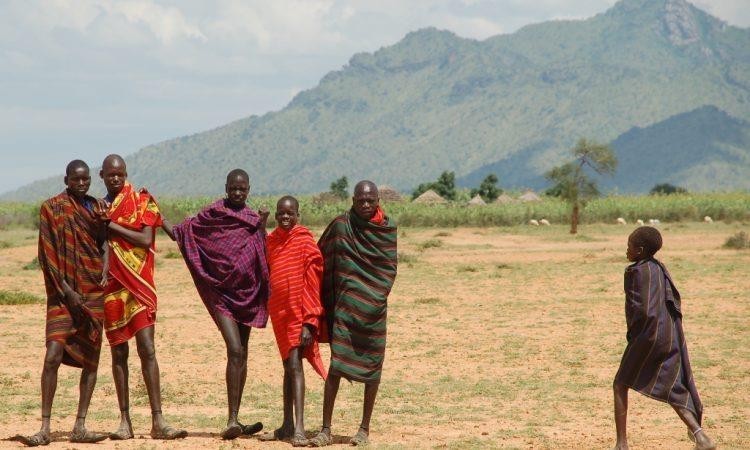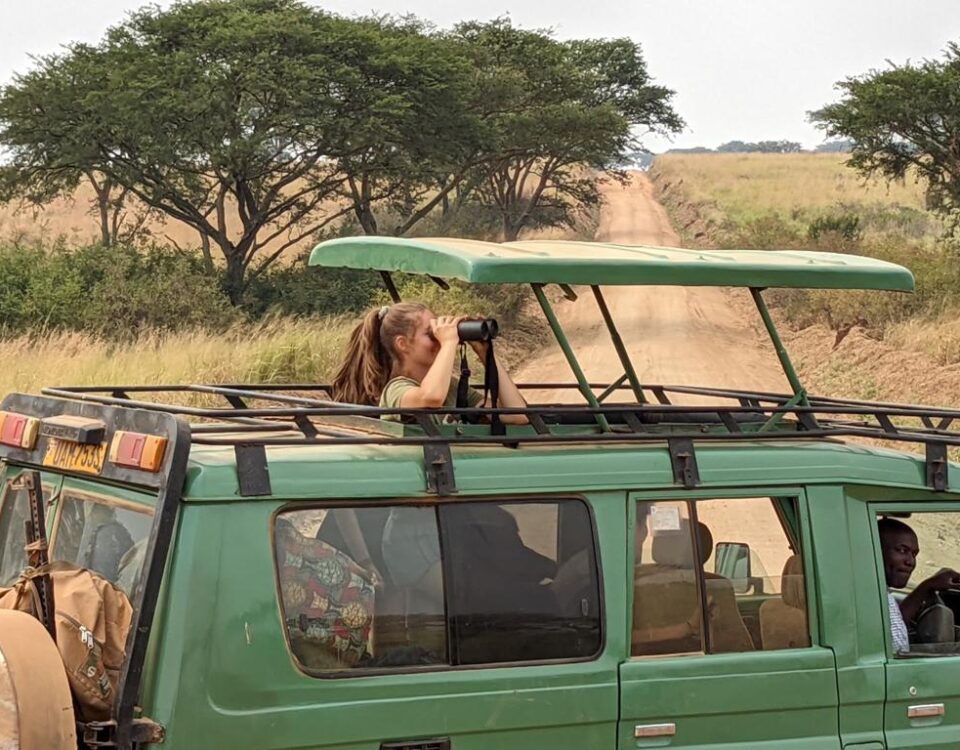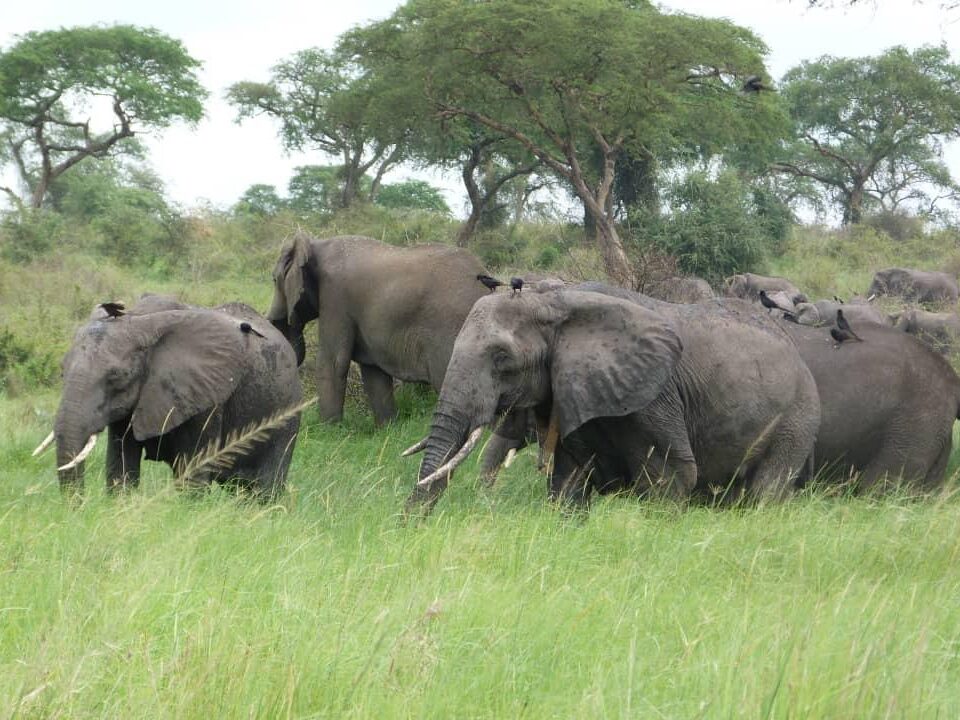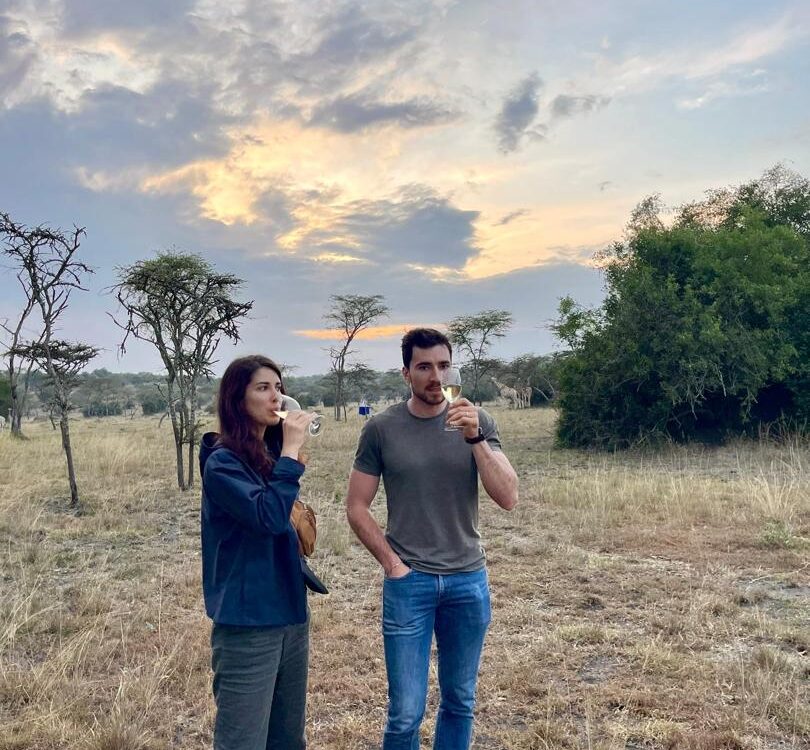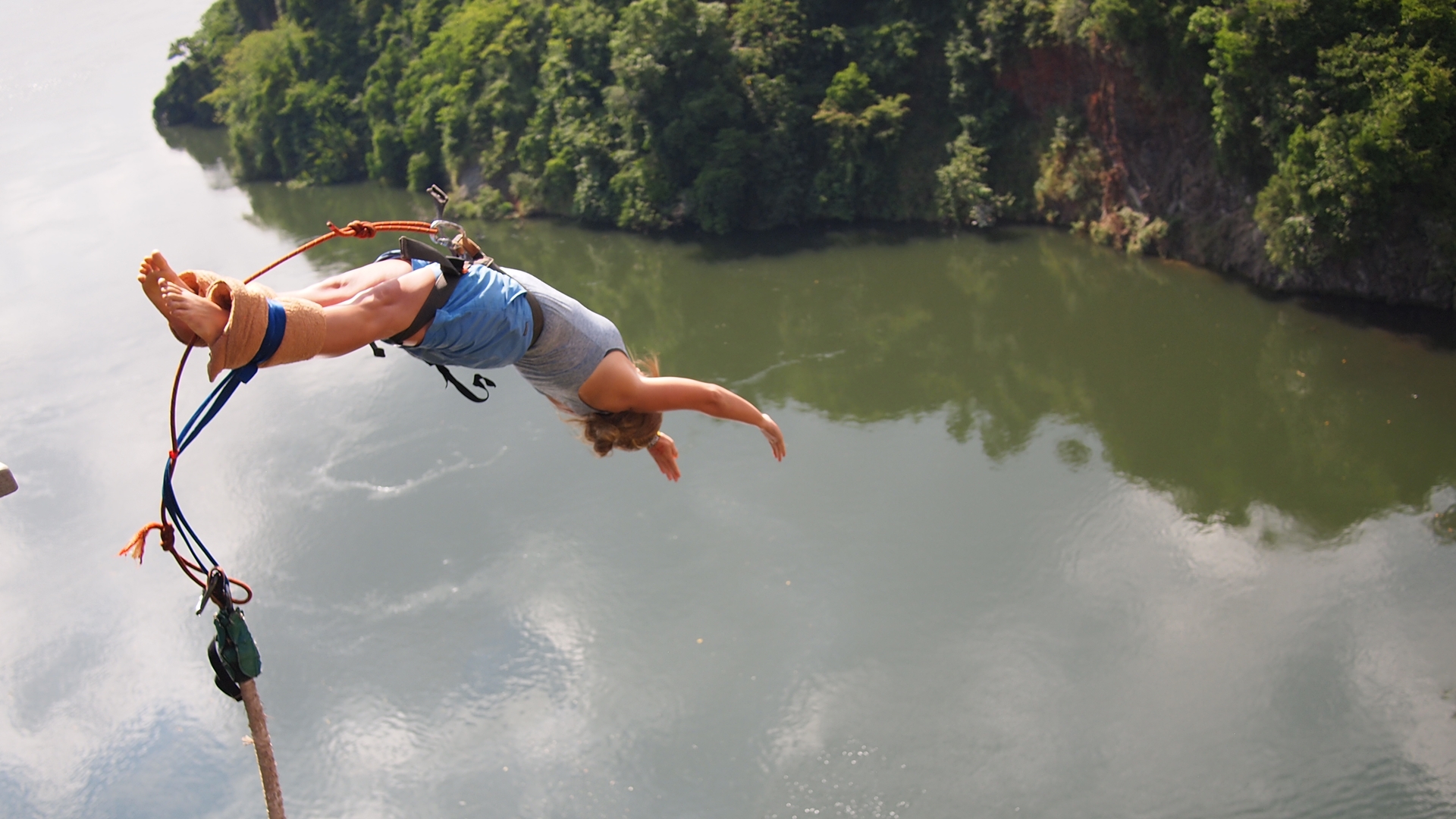
The Source of the Nile River Jinja
April 14, 2023Maasai People and Culture in Maasai Mara National Reserve
A 1510 square kilometre area bordering Serengeti National Park to the south, the Maasai Mara National Reserve is situated in South West Kenya on the African savannah plains. The Maasai People have benefited from its reputation as the best reserve in all of Kenya. Lions, elephants, cheetahs, the great wildebeest, and African buffalo are just a few of the many animals that can be found in Maasai Mara, which is also known as a famous wildlife hub.
The Maasai People can also be visited in their villages. The Maasai Mara game reserve in Kenya receives the most visitors from all over the world as a result of its reputation as a special wildlife hotspot. The hot air balloon safari is one of the many activities that can be done while visiting Maasai Mara National Reserve. A safari through the park will allow you to see both the big 5 and the big nine. It is also well-known for the wildebeest migration, which typically occurs between July and the end of August and involves large herds of wildebeest and other animals, such as cats, travelling from the Serengeti national park northward. However, this migration involves risky river crossings along crocodile-infested areas.
The Maasai People & Culture
This is a Nilotic ethnic group that resides in Northern, Southern, and Central Kenya as well as Northern Tanzania. The majority of Maasai people speak Swahili and English, which are the two official languages of Kenya and Tanzania. Most Maasai in Kenya and Tanzania welcome visitors who want to experience and learn more about their culture, way of life, and traditions. Usually, this is done for a fee.
People of Maasai. Nilotic speakers like the Maasai, Turkana, and Kalenjin are pastoralists who are feared for being cattle rustlers and warriors. They have assimilated traditions and practices from the nearby Cushitic-speaking groups, including social structure, vocabulary, age system, and circumcision, among other things.
The Maasai forcibly removed numerous ethnic groups from the area that had already established settlements. Raiders used spears and shields, but their 100-meter-high club throws were what people feared the most. The Maasai people were a very powerful group that opposed slavery and never barred off human acts. Outsiders looking for people to enslave avoided the Maasai people.
African Maasai People
Although many Masaai has embraced Christianity and Islam, the Maasai still revere a black god known as “Engai Narok” in their culture. Cattle keeping serves as the mainstay of the traditional Masaai diet. In the Masaai culture, a man’s wealth is determined by how many cows and children he has; for example, if he has 50 cows or more, he is considered to be wealthy; the more children, the better. Even if a man has many cows but no kids, he is still regarded as poor. The Maasai consume meat, milk, and occasionally blood.
At ceremonial gatherings and special occasions, goats, bulls, and lambs are butchered. Maasai culture is based primarily on the care of cattle, but as the number of cows has decreased and increased, they have turned to agriculture and are now growing crops like sorghum, rice, potatoes, and cabbage, which they mostly refer to as “goat leaves.”.
The most common myth about the Maasai is that killing a lion before getting circumcised to become an adult is required because, despite hunting lions being illegal in East Africa, doing so elevates one to the status of celebrity in the community. The Maasai people frequently stretch and pierce their earlobes, and a variety of objects, including thorns, twigs, and stones, can be used to do so.
Maasai circumcision practices.
A boy is expected to remain silent throughout this procedure because he would be dishonoured if he showed signs of discomfort. The elderly person may make a mistake during the delicate and laborious process due to any movements or exclamations, which could lead to a prolonged recovery or malfunction. Boys who have been circumcised are expected to wear black clothing until they have healed, which typically takes 3–4 months.
The main way to recognize a Maasai person is by their distinctive clothing, which can be adorned with beads to make it even more unique. But various individuals have worn it. A visit to Kenya is not complete without stopping in a Maasai village. Our travel agency is always prepared and eager to take you on a once-in-a-lifetime journey. With us, discover more.
Proposed Kenya and Tanzania Safari Holidays. Tubale Safaris
3 Days Masai Mara Joining Safari Tour
8 Days Safari & Mombasa Extension
4-Days fly-in Masai Mara Safari
5-Days Masai Mara Kenya Lake Nakuru Safari
6-Days Masai Mara Nakuru Amboseli Safari
3 Days Serengeti National Park Holiday
4 Days Wildebeest Migration Safari

